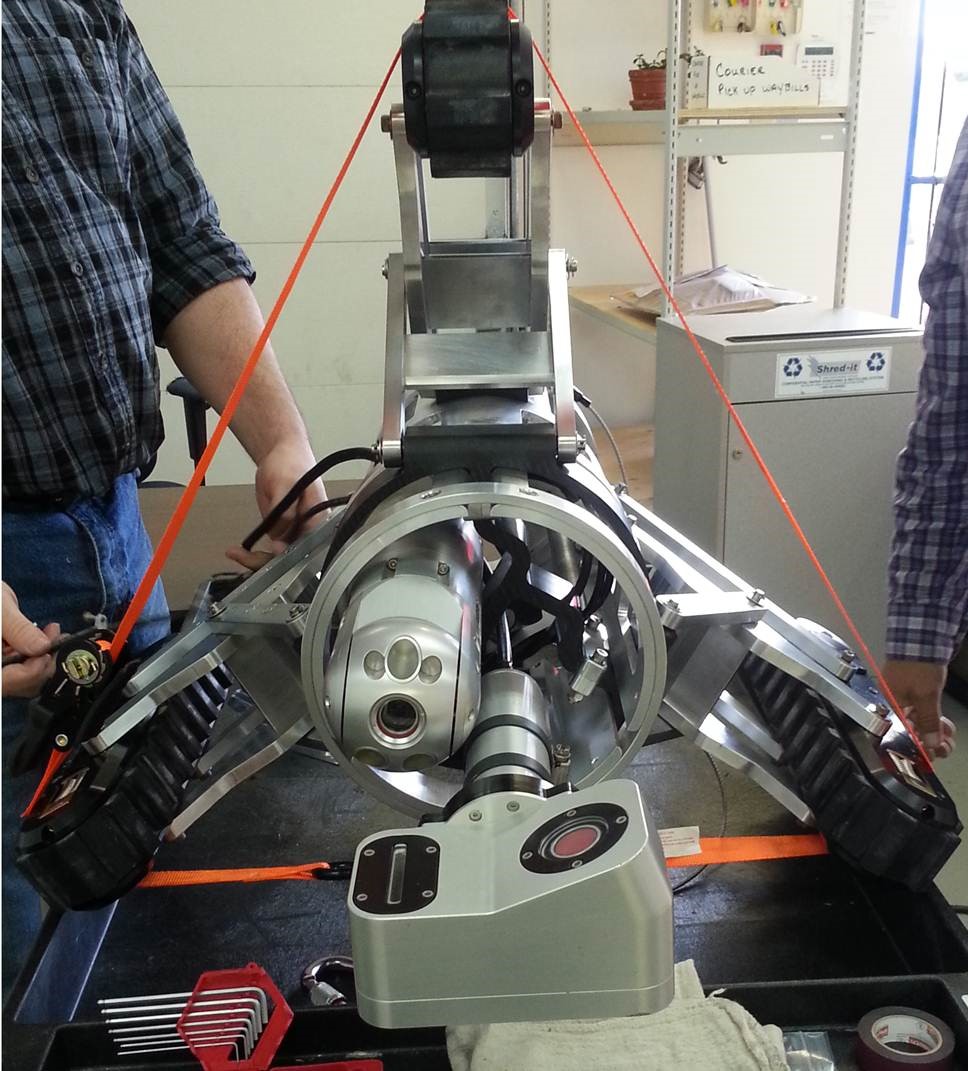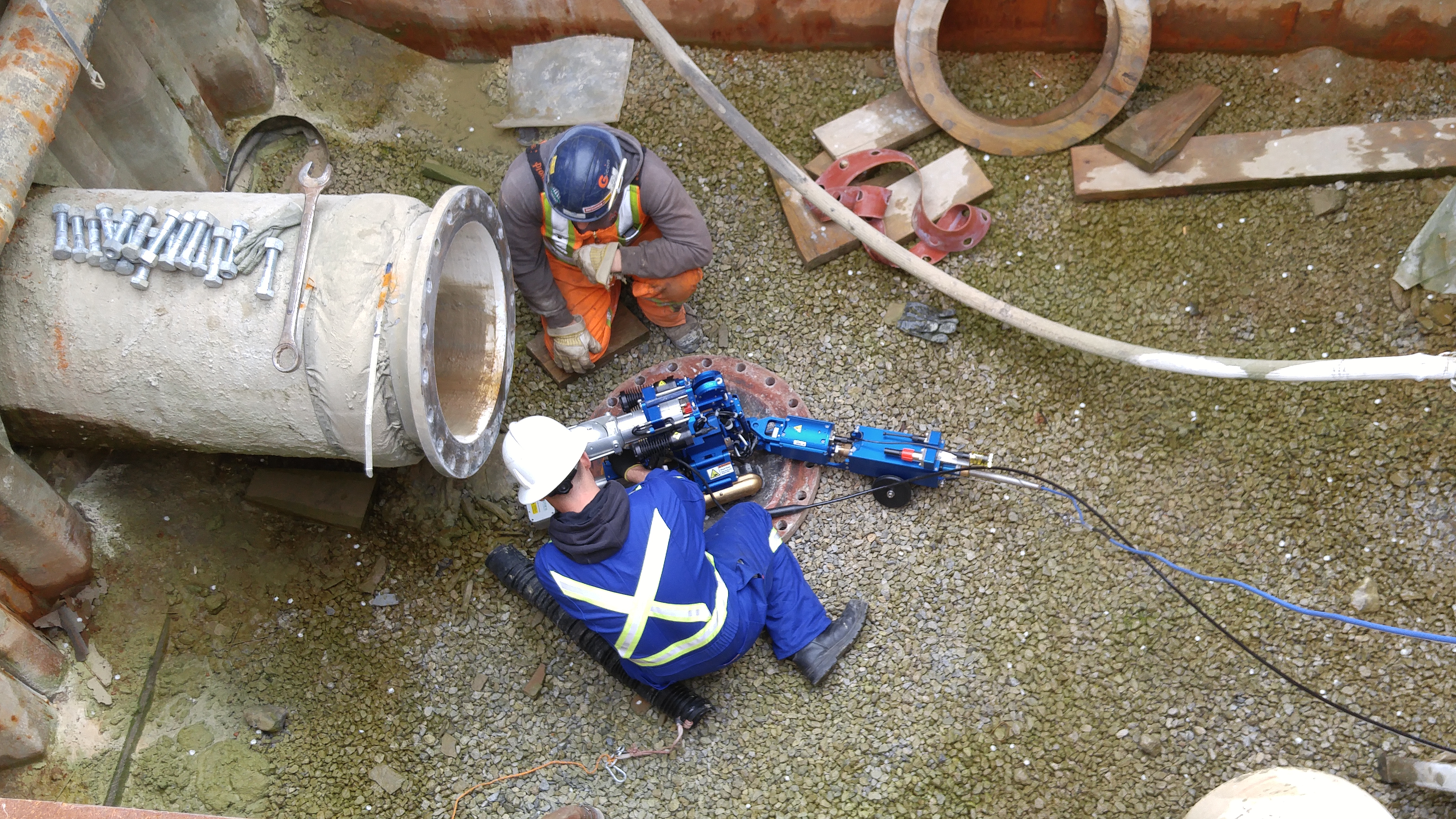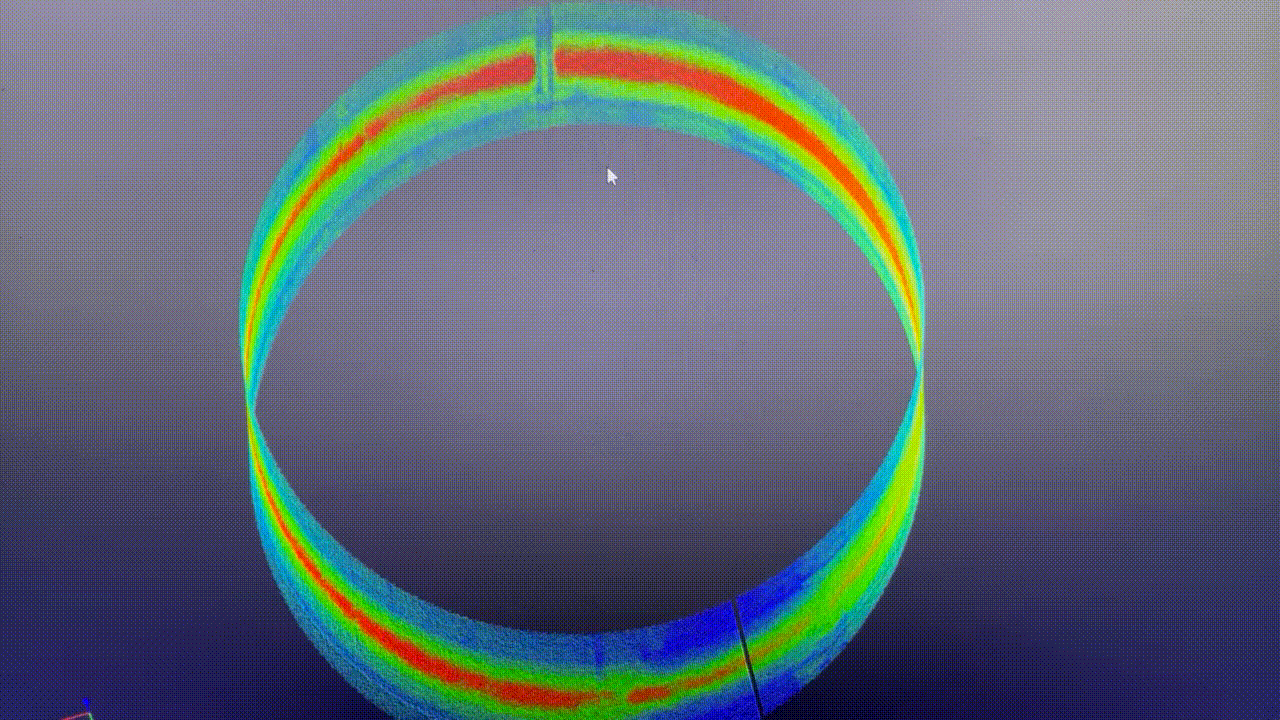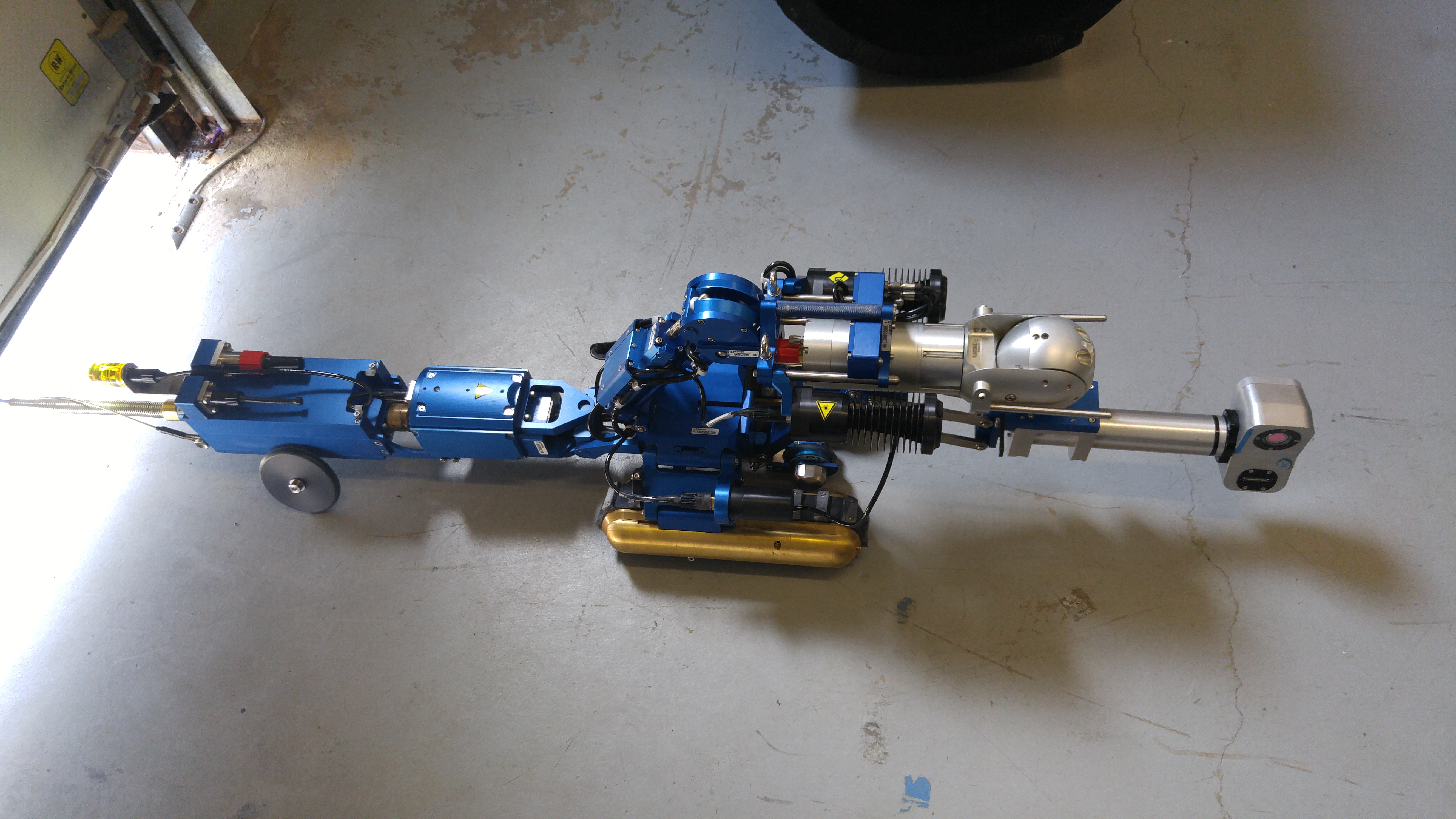Semi-Automated Condition Monitoring of Pipelines Made Possible
Ask an expertWhen it comes to pipeline safety and structural integrity assessments over great lengths, there are many constraints that must be overcome to collect the essential data required to make confident decisions in effective risk management programs. Whether it is the extensive pipework that cities rely on for its municipal water, the vehicle for transporting oil and gas over long distances, or the hydroelectric penstock responsible for keeping the lights on at night, the sound operation of this infrastructure is simply not optional. Advances in technology continue to offer an increasingly clearer picture of real-time conditions for a more proactive approach to fitness-for-service assessments. Moreover, a symbiotic approach to multi-technologies now enables asset owners with operating and cost-efficiencies like never seen before.
The Challenge
Gain a better understanding of internal pipeline conditions referencing tangible data results collected over long distances.
Learn moreThe immediate challenge that an internal pipeline inspection overcomes is the ability to bypass flanges, supports, insulation, and coatings that prevent a long-distance external survey. In addition, many pipes are often buried which means that the asset owner would need to undergo costly excavation. On the contrary, elevated pipelines introduce the additional expense of erecting scaffolding or requiring rope access which further invites safety risks.
The ability to obtain more than just visual data for pipelines under inspection is becoming more and more crucial. Collecting additional ultrasonics or eddy current testing data has become a common request for these inspections using robotic crawlers. Unfortunately, the majority of solutions available cannot incorporate these technologies or can only integrate over short distances. As such, solutions have historically been limited to custom solutions with low volume, long turnaround times, high maintenance costs, and even higher prices.
The Solution
Commercially available pipe inspection robot enables integration of complementary technologies for comprehensive dataset.

The VersaTrax™ represents a family of pipe inspection robotic crawlers that can endure hazardous environments and traverse long distances, the standard VersaTrax 320 able to penetrate up to one kilometer (3,300 feet) from a single access point. Custom solutions help clients like Interactive Pipe Inspection truly go the distance. When their Lake St. Louis project required locating and inspecting 11,280 meters (37,000 feet) of sewer lines under the lake with only one onshore manhole access, they turned to Eddyfi Technologies Center of Excellence for Robotics. With a requirement to deliver a solution for pulling 1,200 meters (4,000 feet) of cable to inspect 200-millimeter (8-inch) pipes, the client confirmed that the long-distance robot was successful. Another case study featuring inspection of a fully submerged water intake tunnel is available here.

Beyond integration of in-house technologies for ultrasonic testing and eddy current testing requirements, the VersaTrax has a proven record of employing underwater laser scanners by Voyis Imaging (formerly 2G Robotics). Rugged tracks provide the stable platform required to integrate and employ additional sensors and tooling to reliably collect precisely the information needed for better informed decisions. Interactive Pipe Inspection employ their custom crawler with the ULS-200 scanner when high accuracy underwater profiling is required. When it comes to building validation, pipe ovality measurement, and anomaly inspection, Voyis underwater laser scanners offer precise data inside pipes, and Eddyfi Technologies robotic inspection crawler systems get clients where they need to go to see the whole picture.
Beyond Inspection
We create technology that enables people to perform tasks that they could not otherwise do, in places they could not otherwise go. OnSpec Robotics enable access to areas that are too dangerous or remote for direct human intervention, providing time and cost efficient operations. Learn more
Request a quoteBenefits
- Digital twin 3D model with visual overlay of inspection data pinned allows periodic repetition of inspection, and therefore, semi-automated corrosion monitoring.

With inspection robots previously used for visual inspection now able to integrate a comprehensive portfolio of sensors featuring best in-house technology but also third-party integrations as demonstrated with Voyis’ solutions, long-distance pipe inspections benefit from a complete dataset. High resolution 3D models allow for detailed and efficient assessments with a real-time and true-scale 3D model generation in live data stream. Integrity engineers can refer back to this digital twin for analysis and trends that enable a robust risk management program.









